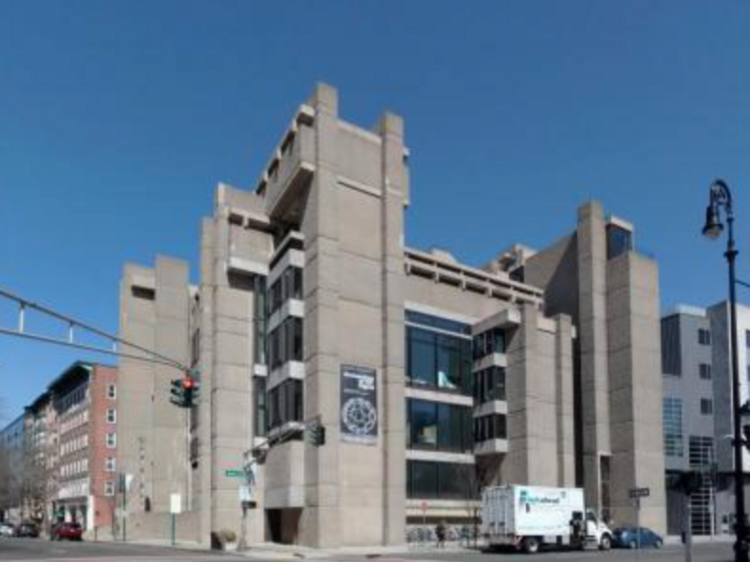


The Yale Art and Architecture Building (the "A & A Building") is one of the earliest and best known examples of Brutalist architecture in the United States. The building still houses Yale University's School of Architecture (it once also housed the School of Art). Designed by architect Paul Rudolph and completed in 1963, the complex building contains over thirty floor levels in its seven stories. The building is made of ribbed, bush-hammered concrete. The design was influenced by Frank Lloyd Wright's Larkin Administration Building, in Buffalo, NY and the later buildings of Le Corbusier.
When the building first opened, it was praised widely by critics and academics, and received several prestigious awards, including the Award of Honor by the American Institute of Architects. New York Times architecture critic, Ada Louise Huxtable, called it "a spectacular tour de force." As time went by, however, the critical reaction to the building became more negative. Architecture historian Nikolaus Pevsner bemoaned the structure's oppressive monumentality. A large fire on the night of June 14, 1969 caused extensive damage and during the repairs, many changes were made to Rudolph's original design. Appreciation of the structure has increased in recent years, with Yale investing $126 million for the building's renovation.